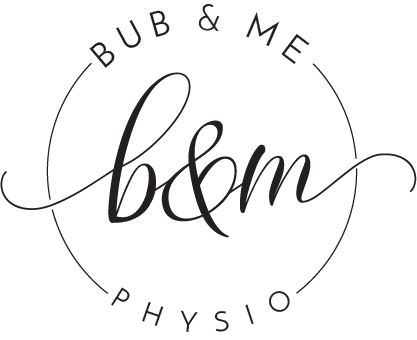Posture and Your Back After Having a Baby
The activities of a new mother can cause all sorts of aches and pains in the shoulders, neck and back. Some of the activities contributing to this soreness may include feeding your baby, leaning forward to change nappies, leaning forward to bathe your baby and lifting your baby.
Pregnancy hormones are still present in your body, softening your ligaments and reducing the stability of your joints. Paying attention to your posture, your back and your pelvis during day-to-day activities may go a long way toward avoiding pain and injury.
Looking after your back
Stand or sit tall, especially when you are feeding.
Imagine a string attached to the top of your head pulling upwards, gently
lengthening your spine.
Don’t let your chin poke out.
Avoid slouching.
Keep your lower back in a neutral position. Try not to flatten or exaggerate the
natural curve.
Make sure that you are adequately supported when feeding your baby, as you will spend a lot of time doing this, especially in the early months. Sit in a comfortable chair. Use pillows to support your back and under your arms where you are resting your baby.
When picking up your baby from a bassinet, pram, floor etc bend at your knees, keep your back straight, feet hip-width apart and hold your baby close to your body.
Get up and move about regularly.
Use lumbar support when sitting and in the car.
Stretch and open through your chest to combat the extended periods of time spent leaning forward.
Take some time for yourself and start or recommence strengthening. Our pre and postnatal programs are a great way to do this!
Looking after your pelvis
Keep your body symmetrical when possible.
Try to avoid standing on one leg for extended periods of time.
Avoid crossing your legs when sitting.
Engage your core and pelvic floor
Re-strengthen your pelvic floor and core! These muscles are responsible for protecting and supporting your back and pelvis, controlling your bladder and bowel and supporting all your organs. Whenever you think of it, activate your core and pelvic floor, especially when lifting or exercising. You can do your pelvic floor exercises during the day without anyone knowing you are doing them!
Try not to lift heavy loads
Ask for help when possible to lift the pram or shopping. If you already have one or more young children, encourage them to do as much for themselves as they can. Encourage them to climb into their own car seat, up onto chairs and into bed. Get down onto the floor to play with them rather than picking them up.
Proper Lifting
If you have to lift, then try to lift with good technique.
Activate your core and pelvic floor first.
Bend from your hips and knees, not your waist.
Maintain a neutral spine.
Keep the load small and close to your body.
Try to carry the load centrally.
Avoid bending and twisting your back while carrying.


